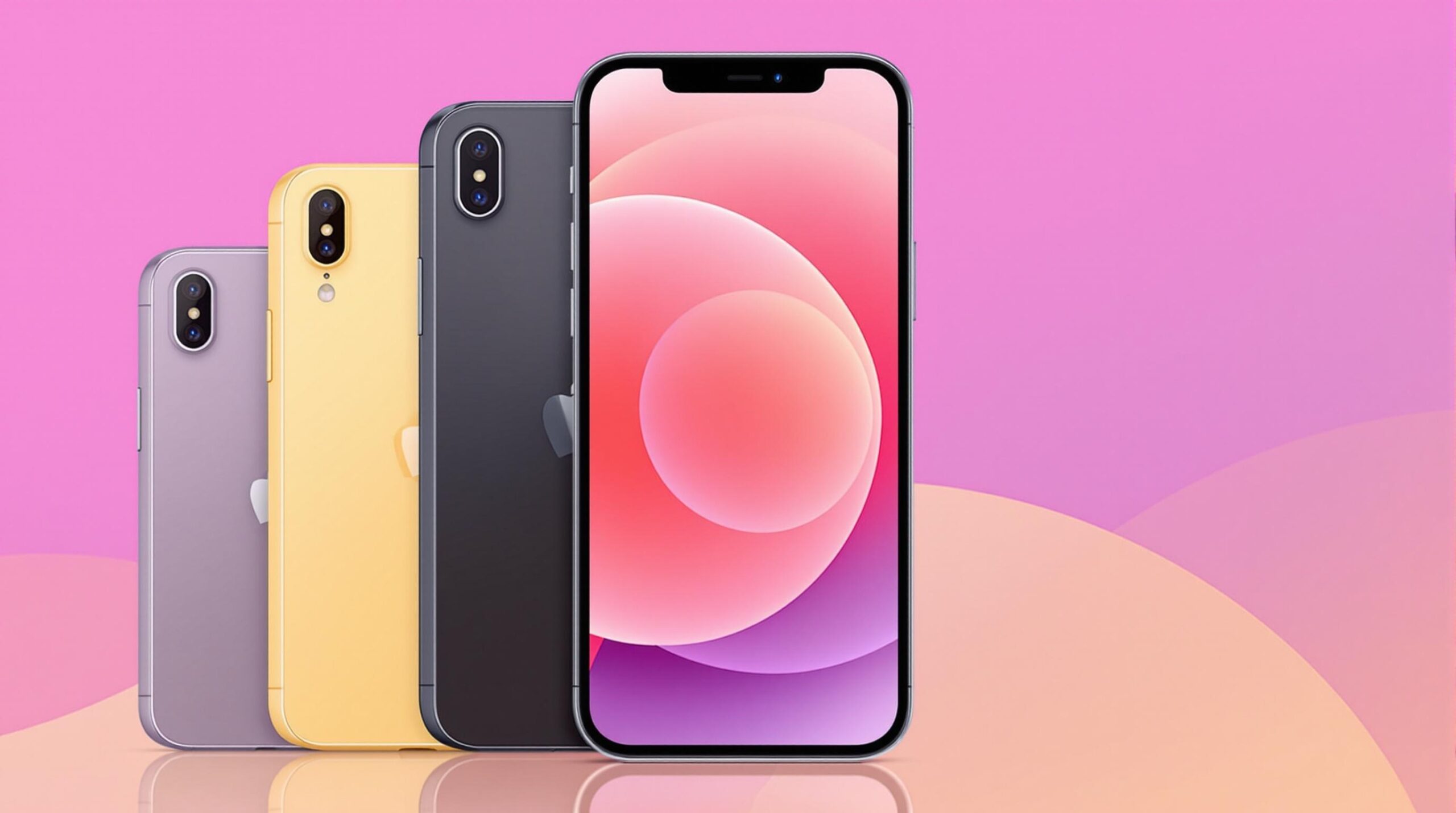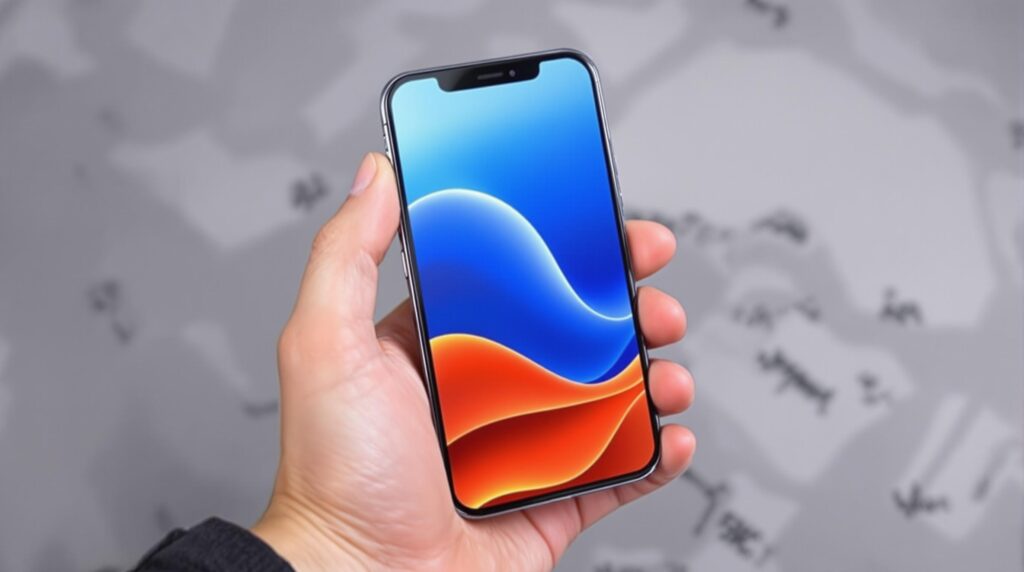As we look ahead to 2025, many smartphone enthusiasts wonder if the iPhone 14 Mini remains a viable option in a market flooded with newer models. Despite not actually existing in Apple’s lineup (Apple skipped the mini variant for the iPhone 14 series), this theoretical assessment examines what value a compact iPhone would offer three years after the iPhone 13 Mini’s release.
Key Takeaways
- The hypothetical iPhone 14 Mini would appeal to users who prefer compact, one-handed operation
- In 2025, this device would offer reduced pricing compared to newer flagships
- Battery limitations and aging processor technology would be significant drawbacks
- Apple’s software support would likely continue through 2027, ensuring usability
- Alternative options like the iPhone SE or newer standard models may provide better long-term value
Understanding the iPhone 14 Mini Concept
First, I should clarify: Apple never released an actual iPhone 14 Mini model. The company discontinued the Mini line after the iPhone 13 Mini due to reportedly disappointing sales figures. However, for this assessment, I’ll consider what such a device would offer if it existed, based on Apple’s historical patterns and the positioning of the iPhone 13 Mini.
The iPhone Mini concept represented Apple’s attempt to serve users who preferred compact smartphones with premium features. With a screen size typically around 5.4 inches, these phones fit comfortably in one hand and small pockets while maintaining flagship-level performance and camera capabilities.

Performance and Specifications in 2025
If an iPhone 14 Mini existed, it would likely feature the A16 Bionic chip found in the iPhone 14 Pro models. By 2025 standards, this processor would remain capable for everyday tasks but would lag behind newer chips in demanding applications and games. The theoretical device would probably include at least 6GB RAM and storage options starting at 128GB.
Camera technology would include a dual-lens system with capabilities similar to the standard iPhone 14, featuring improvements in low-light photography and video stabilization over previous generations. However, it would lack the advanced camera features found in newer Pro models, such as the latest computational photography algorithms and higher-resolution sensors.
Battery life, historically a weakness in the Mini line, would remain a concern in 2025. The smaller form factor inherently limits battery capacity, making it challenging to match the longevity of larger devices, especially with aging battery chemistry.
Software Support and Future Viability
Apple’s excellent track record for long-term software support means an iPhone 14 series device would likely receive updates until at least 2027-2028. This ensures security patches and some new features would continue to arrive for several years after purchase.
However, newer iOS features increasingly demand more processing power, and by 2025, some advanced functions might run poorly or be unavailable on older hardware. Features like advanced AI processing, augmented reality, and intensive computational photography might perform suboptimally compared to devices from 2023 and beyond.
Price Considerations and Value
The most compelling argument for considering an older iPhone model in 2025 would be the price. A hypothetical iPhone 14 Mini would likely be available at significant discounts through refurbished channels, carrier promotions, or the secondary market.
For budget-conscious consumers, this represents an opportunity to access Apple’s ecosystem at a lower entry point. However, the value proposition must be weighed against:
- Reduced remaining lifespan compared to newer models
- Battery health concerns with older devices
- Missing features and capabilities of recent releases
- Potential repair challenges as the device ages further
Alternatives to Consider
Before committing to an older Mini model in 2025, I recommend considering these alternatives:
The iPhone SE (latest generation) would likely offer a more recent processor in a compact form factor, potentially with better long-term support. Standard iPhone models from more recent years might be available at competitive prices while offering larger screens, better batteries, and more current technology.
Android alternatives in the compact premium segment, such as the Samsung Galaxy S series or Google Pixel devices, might provide comparable or superior specifications at similar price points, though they would require switching ecosystems.
Who Should Consider a Theoretical iPhone 14 Mini in 2025?
This hypothetical device would best serve:
Users with simple smartphone needs focused on calls, messaging, social media, and basic photography. Those who specifically value the compact form factor above having the latest features. Budget-conscious Apple fans looking to stay in the ecosystem without paying premium prices.
It would be less suitable for power users, photography enthusiasts, heavy gamers, or those who require all-day battery life without recharging. These users would likely find the compromises too significant by 2025 standards.
Expert Verdict
If the iPhone 14 Mini existed and you were considering it in 2025, I’d advise careful evaluation of your needs. While the compact form factor has undeniable appeal for many, the technological limitations of a three-year-old device would be increasingly apparent.
For casual users who prioritize size and Apple ecosystem integration above cutting-edge features, it could represent a reasonable value purchase. However, most users would likely benefit from either selecting a newer compact model or adjusting to a slightly larger device that offers better longevity and feature support.
Remember that Apple’s decision to discontinue the Mini line in favor of larger devices reflects broader market trends toward bigger screens, better battery life, and more powerful camera systems—priorities that continue to shape smartphone development through 2025.



